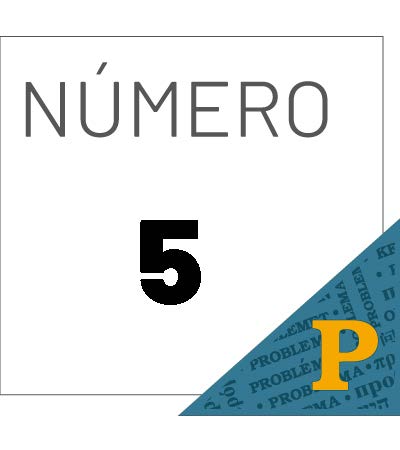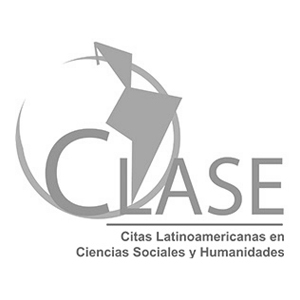The Nature of Law and Reasons for Action
If a legal rule tells us to do something, do we thereby have a reason to do it? This remains one of the most basic questions for theoretical and practical reflection on law. It is a foundational question, which many prominent contemporary theorists have discussed, yet the topic remains poorly understood. While many legal positivists have recently sought to “explain normativity”, this is likely a project inconsistent with the basic commitments of legal positivism, and, in any event, thoroughly unnecessary. Following ides of M. B. E. Smith and David Enoch, this article emphasizes that law does not always (or “essentially” or paradigmatically) give reasons for action, and when it does give us reasons for action, it does so in unremarkable ways.
Resumen:
Si una norma jurídica nos dice que hagamos algo, ¿acaso por ese solo hecho tenemos una razón para hacerlo? Esta sigue siendo una de las preguntas más básicas para la reflexión jurídica, tanto teórica como práctica. Se trata de una cuestión fundamental que muchos teóricos importantes del derecho han discutido; aunque el tópico sigue estando muy pobremente entendido. No obstante que recientemente muchos teóricos positivistas han buscado “explicar la normatividad”, este es probablemente un proyecto inconsistente con los compromisos básicos del positivismo jurídico y, en cualquier caso, totalmente innecesario. Siguiendo las ideas de M. B. E. Smith y David Enoch, este artículo subraya que el derecho no siempre (o no “esencial” o paradigmáticamente) ofrece razones para la acción, y cuando es el caso que ofrece razones para la acción lo hace de una manera irrelevante.
Article Details
Use of Creative Commons (CC) licences
All texts published by Problema. Anuario de Filosofía y Teoría del Derecho, without exception, are distributed under the CC-BY-NC-ND 4.0 International licence, which allows third parties to use what is published, as long as they mention the authorship of the work and the first publication in this Anuario.
Accessibility to articles and other publications in whole or in part under the concept of copying, distribution, public communication, interactive access (via the Internet or other means), while explicitly acknowledging the author(s) and the journal itself (acknowledgement of authorship).
Please note that if articles are remixed, modified or fragments are used in other creations, the modified material may not be distributed, nor may versions be reconstructed from the original published articles (derivative works).
The use of the contents of the published articles, in whole or in part, for profit-making purposes (non-commercial acknowledgement) is prohibited.


























